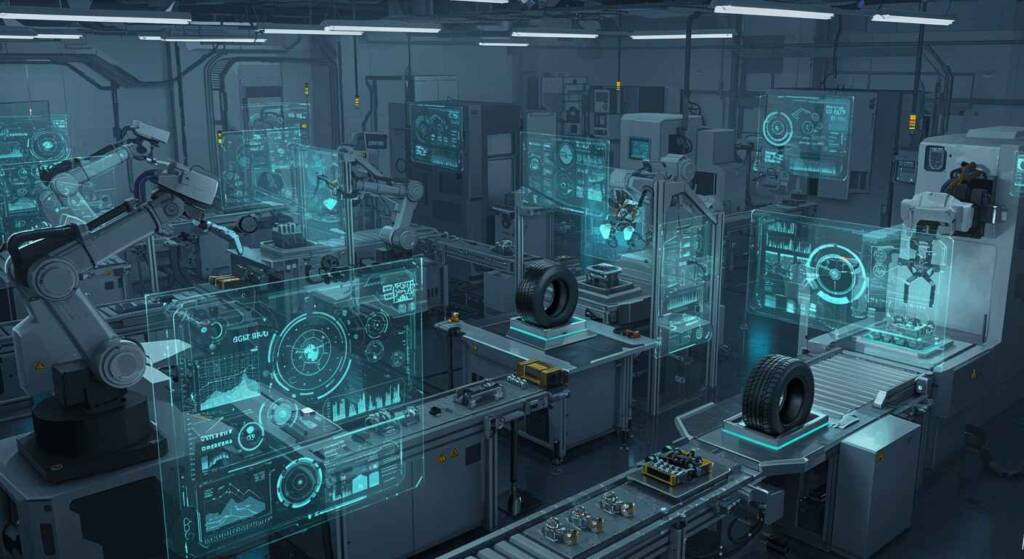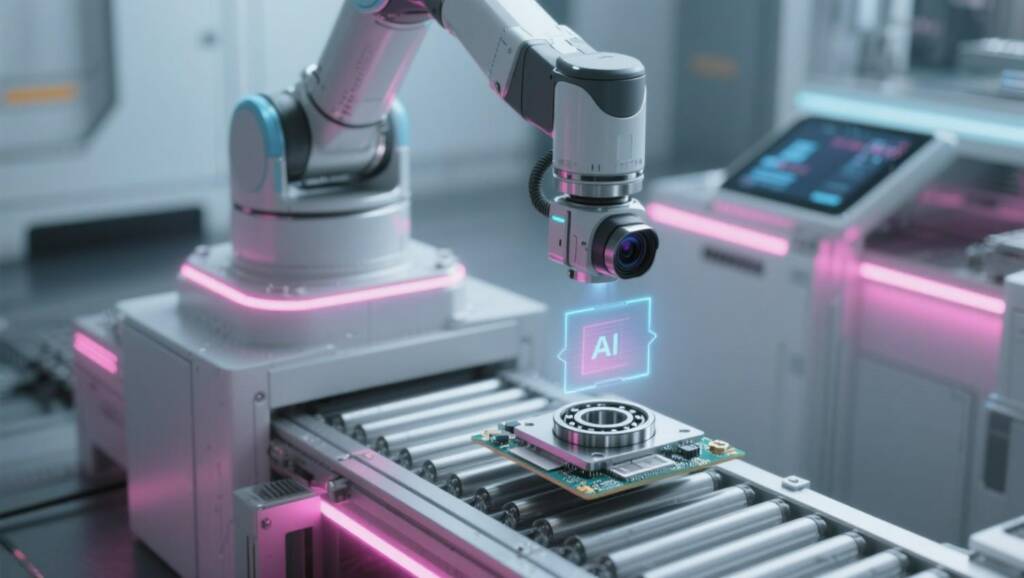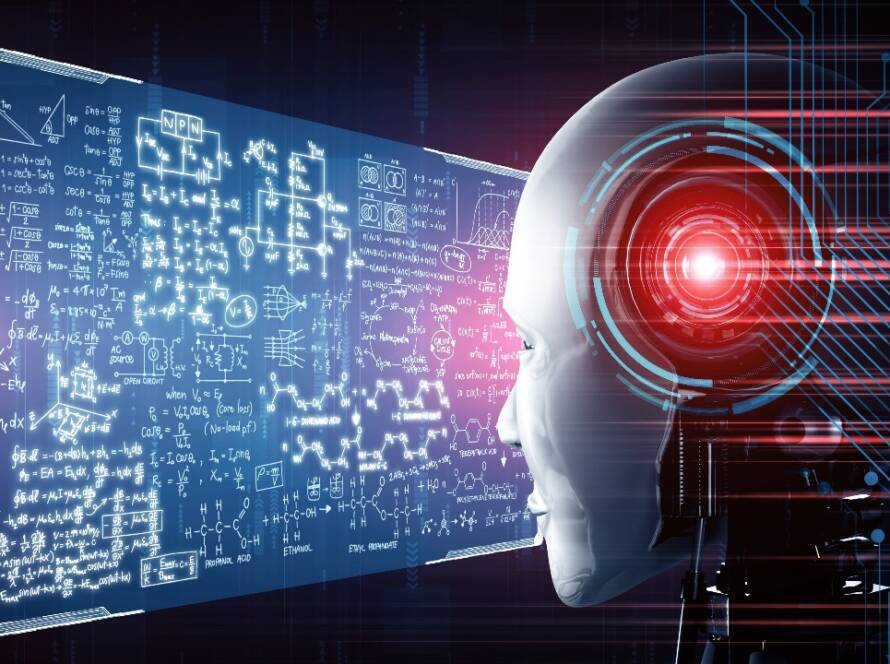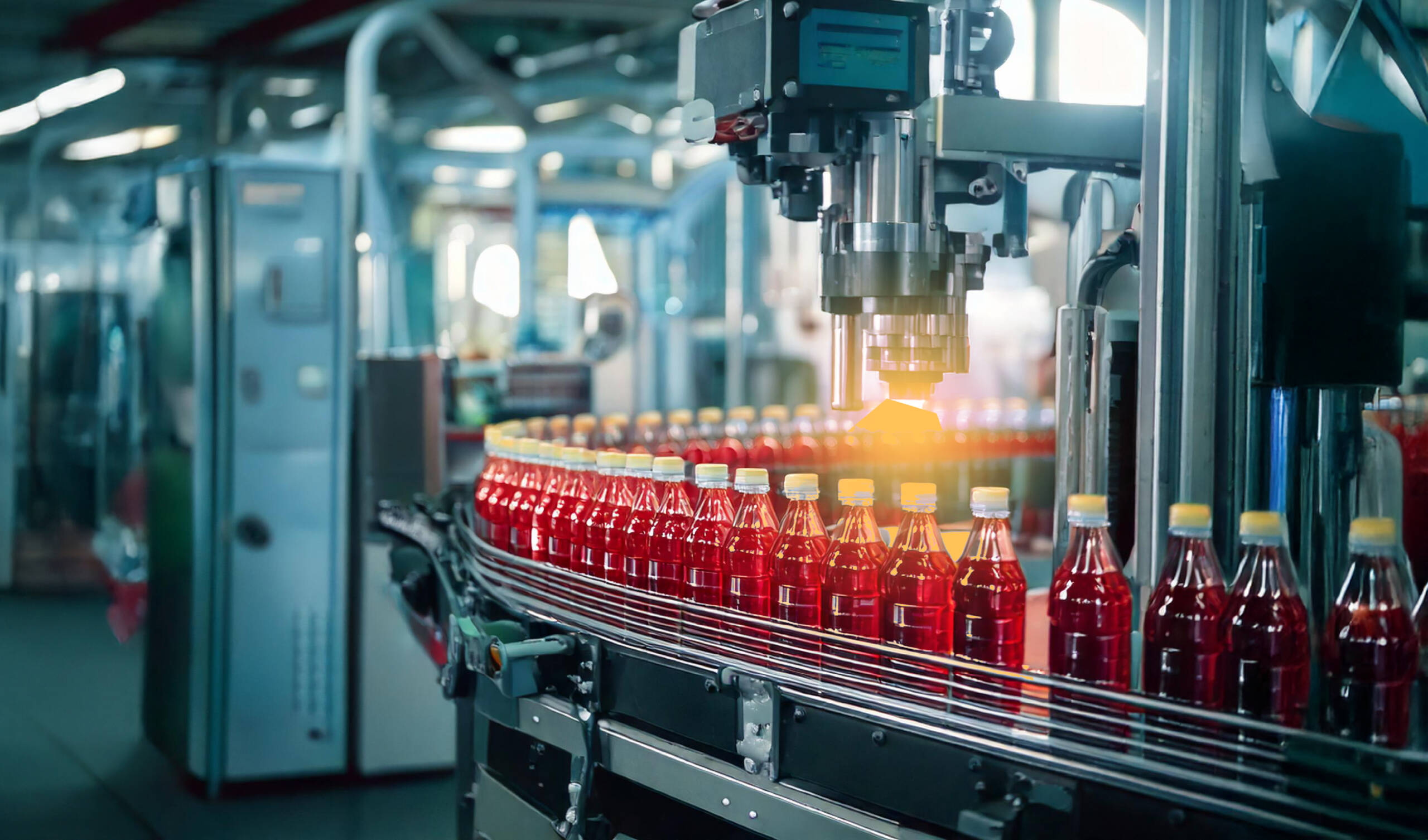In today’s fast-paced manufacturing environment, ensuring product quality is not just a competitive edge—it’s a necessity. Defects, dimensional inaccuracies, and quality inconsistencies can lead to expensive rework, customer dissatisfaction, or even product recalls. That’s why many manufacturers are rapidly adopting AI-powered visual inspection systems to transform their quality control processes.
But what exactly is AI visual inspection? How does it work? And why is it becoming a game-changer for industries across the globe?
Let’s dive deep.
What is AI-Powered Visual Inspection?
AI-powered visual inspection is a modern quality control method that uses computer vision, deep learning, and edge AI to inspect products in real-time. Unlike traditional manual checks or rule-based automation, this system learns from large datasets of images and identifies defects with high precision—even ones that are difficult for the human eye to detect.
In simple terms, an AI visual inspection system captures images or video of components using industrial cameras and processes them using trained machine learning models to detect anomalies, missing parts, dimensional mismatches, or surface defects.

How Is It Different from Traditional Visual Inspection?
Manual visual inspection is time-consuming, inconsistent, and prone to human error. Even the best-trained inspectors experience fatigue and may miss subtle defects.
Traditional visual inspection machines work on fixed rules—if a surface deviates beyond a defined threshold, it triggers a flag. While useful, such systems are rigid and often fail when product designs or lighting conditions vary.
In contrast, automated visual inspection systems powered by AI adapt and learn over time. They can inspect complex geometries, multiple defect types, and high-speed production lines without requiring constant reprogramming.
Key Components of an AI Visual Inspection System
To understand how these systems work, let’s break down the key components:
1. Industrial Camera
High-resolution cameras capture images or video of products. These are the core of any camera vision inspection machine, capable of detecting surface-level and micro-level defects.
2. Lighting Setup
Controlled lighting ensures consistent image quality. Variations in lighting can severely impact detection accuracy.
3. Edge AI Processing Unit
This is the brain of the system—where artificial intelligence visual inspection happens. Using deep learning algorithms, the system compares each image against trained defect models.
4. Software Dashboard
Visualizes inspection results, sends alerts, and logs quality metrics. This integrates with MES/ERP systems for traceability.
5. Laser Inspection
Laser-based sensors are used for precise 3D profiling and dimensional analysis. They help detect structural defects, deformations, and even internal inconsistencies not visible on the surface.
Why Is It Revolutionizing Manufacturing?
1. Unmatched Accuracy and Speed
AI models detect subtle defects far more reliably than humans or traditional systems. With automatic visual inspection machines, even high-speed production lines are no problem.
2. Reduced Human Error
Fatigue, personal bias, and inconsistency are no longer a concern. Once trained, the AI model performs with consistent accuracy 24/7.
3. Lower Rejection and Recall Rates
By catching defects early in the production process, manufacturers significantly reduce rejection rates and avoid costly rework or product recalls.
4. Increased Throughput
Automated inspections take seconds—much faster than manual checks—allowing faster cycle times and higher throughput.
5. Scalability and Adaptability
AI systems can be trained on new product lines quickly. This flexibility is unmatched compared to hard-coded rule-based systems.

Real-World Visual Inspection Examples
- Bearings: Detecting surface scratches, diameter mismatches, and seal defects.
- Tyres: Detecting defects in tread patterns, sidewall irregularities, bead areas, and inner surfaces. Also includes OCR-based recognition for reading sidewall lettering and markings.
- Spindles: Inspecting alignment, verifying taper precision, measuring dimensions, and detecting surface defects to ensure optimal performance and quality.
- PCBs: Solder bridge detection, missing components, alignment errors
These visual inspection examples demonstrate the wide applicability of AI systems across industries.
What Goes Into a Visual Inspection Checklist?
A robust visual inspection checklist ensures that the AI model is checking all critical attributes such as:
- Surface finish
- Shape and dimensions
- Presence of components
- Position accuracy
- Label/mark verification
- Color uniformity
- Alignment and assembly
This checklist becomes the foundation for training the AI model and helps maintain consistent quality standards.
Vision Inspection System Manufacturers in India
India is rapidly emerging as a hub for smart manufacturing. Several vision inspection system manufacturers in India, like Eyres AI, are leading the charge by offering end-to-end automated QC solutions tailored for sectors like automotive, aerospace, and precision engineering.
Companies investing in AI-powered visual inspection systems are not only improving their internal efficiency but also building trust with global clients who demand high-quality, defect-free products.
Final Thoughts
AI-powered visual inspection systems are not just a technological upgrade—they are a strategic move toward achieving high-precision, low-defect manufacturing. By integrating automated visual inspection systems, manufacturers gain a significant competitive edge in terms of speed, quality, and scalability.
As industries shift toward Industry 4.0, those who adopt artificial intelligence visual inspection early will lead the future of smart manufacturing.
Whether you’re producing micro components like bearings or large-scale assemblies, it’s time to ask: Is your quality control future-ready?
Want to Learn More?
Looking to integrate AI into your quality processes? Eyres AI offers plug-and-play AI visual inspection systems tailored to your industry. Book a free consultation today.


